Stepping Over the RCM Finish Line to Drive Results
The Reliability Centered Maintenance (RCM) methodology has had mixed reviews over the years. The negative view of RCM is not because it is a flawed or an inferior methodology. Put an untrained driver in the cockpit of an F1 racecar and it would be a miracle if that driver even completed the race. But it would not be the fault of the race car.
The mixed reviews are because of how stakeholders view the result of the RCM workshop portion of the project. There are organizations where the participants view the RCM workshop’s conclusion as having crossed the finish line. There are other organizations where the participants view the conclusion of the RCM workshop as taking the first step over the starting line. Which one is more likely to achieve the anticipated outcome of the RCM methodology?
Richard Lobley, in his excellent paper from 2011, he states, “In the 1990s there was a significant (over 1200) uptake of organizations who implemented RCM as a maintenance methodology.” In this article he too suggests there are two types of organizations that invest in RCM. There are those that, “dedicated sufficient resource to ensure successful implementation and continuous improvement of the RCM methodology.” There are then those “that either did not implement RCM correctly, or failed to ensure that the right resources were dedicated to embedding the methodology.”
So, what does it mean to implement RCM correctly? According to Nowlan and Heap, when done well it produces a, “resulting scheduled-maintenance program thus includes all the tasks necessary to protect safety and operating reliability, and only the tasks that will accomplish this objective”. Of course, this means more than just maintenance tasks. This ‘resulting scheduled-maintenance program’ is what we refer to as an asset strategy today. The operationalized strategy is vital to achieving its expected benefits.
So, what is an operationalized asset strategy? It starts with the base definition and implementation of the maintenance, inspection, and monitoring activities designed to mitigate failure risk. From there, the asset strategy is enhanced to enable real time assessment of activity execution and equipment condition with automatic notification when failure threats are detected.
RCM may not be something that’s achievable for your organization. But you have assets that need care and feeding for your organization to achieve its goals. Have you thought about your own asset strategies and what you would improve about them? Does the thought of evaluating your current strategies give you heartburn? PM (Preventive Maintenance) Optimization is a great approach that does not require you to go back to the “RCM drawing board.” Learn more about this approach from our partner, ABS Group, in their recent paper A Streamlined Approach to Preventative Maintenance.
The Itus team has decades of experience developing and implementing asset performance management solutions within industrial organizations. Through those experiences one of the biggest learnings is once you cross the RCM/FMEA ‘finish line’ the journey to asset optimization has just begun. Operationalized asset strategies are the next segment of the race.



